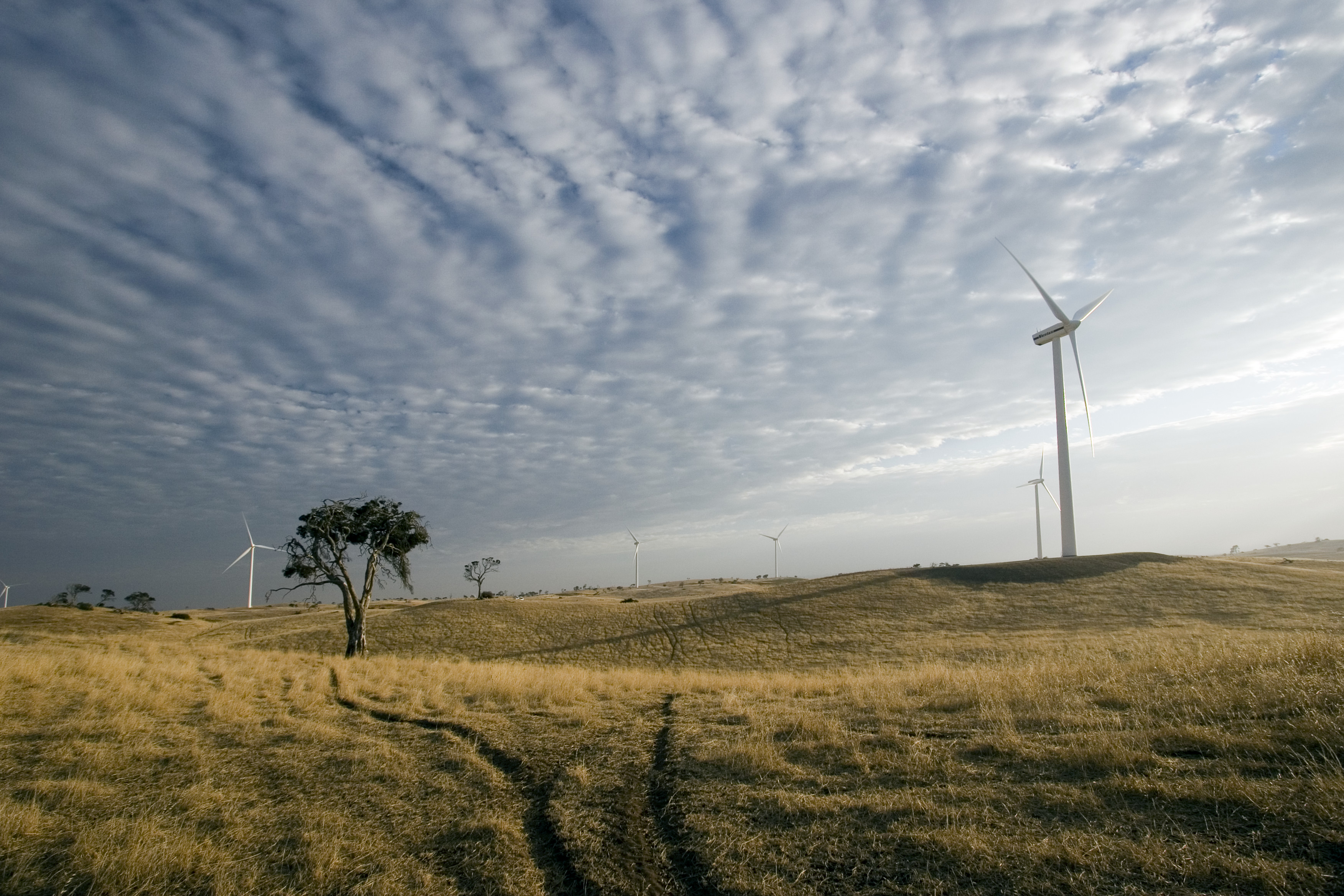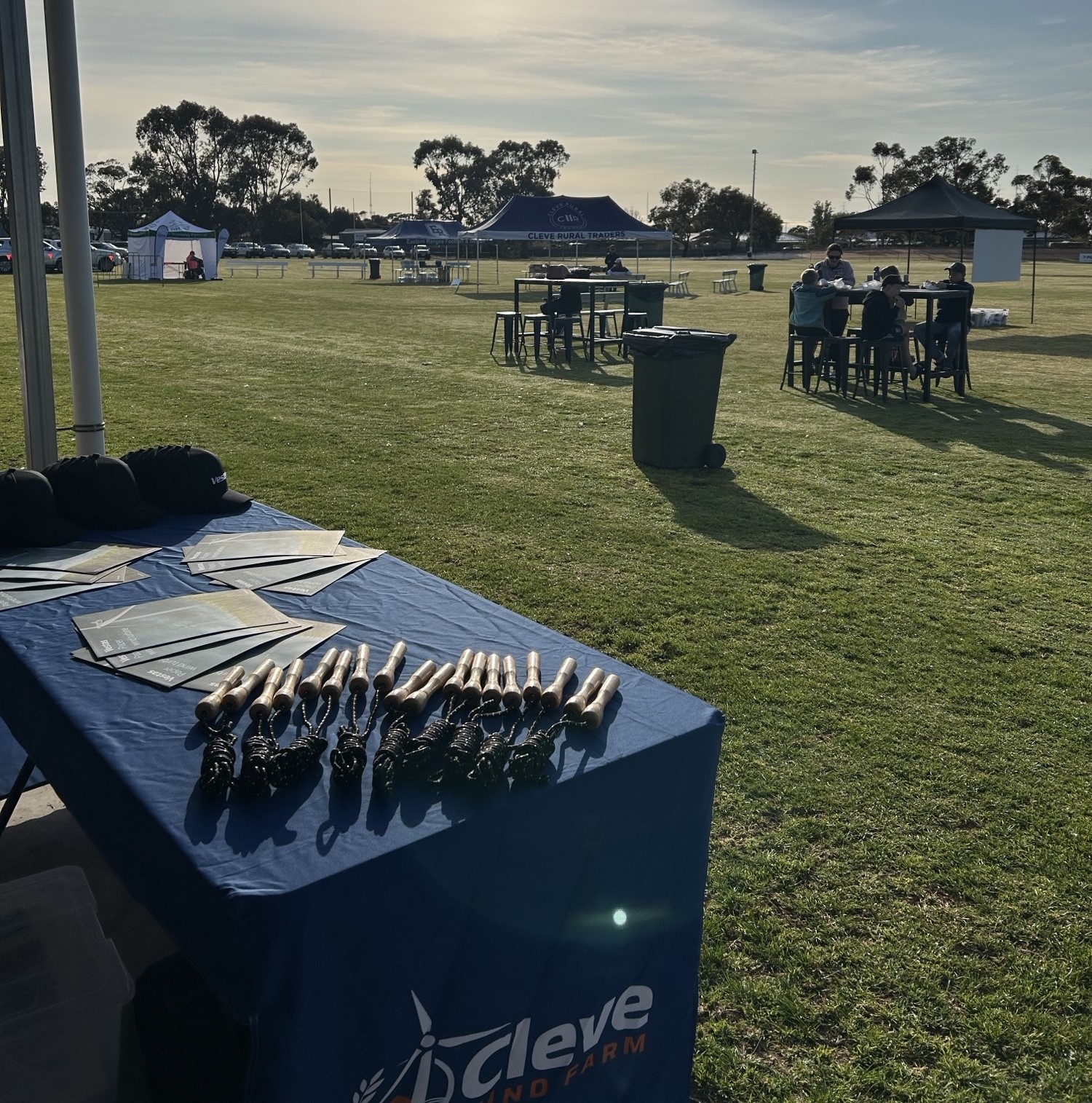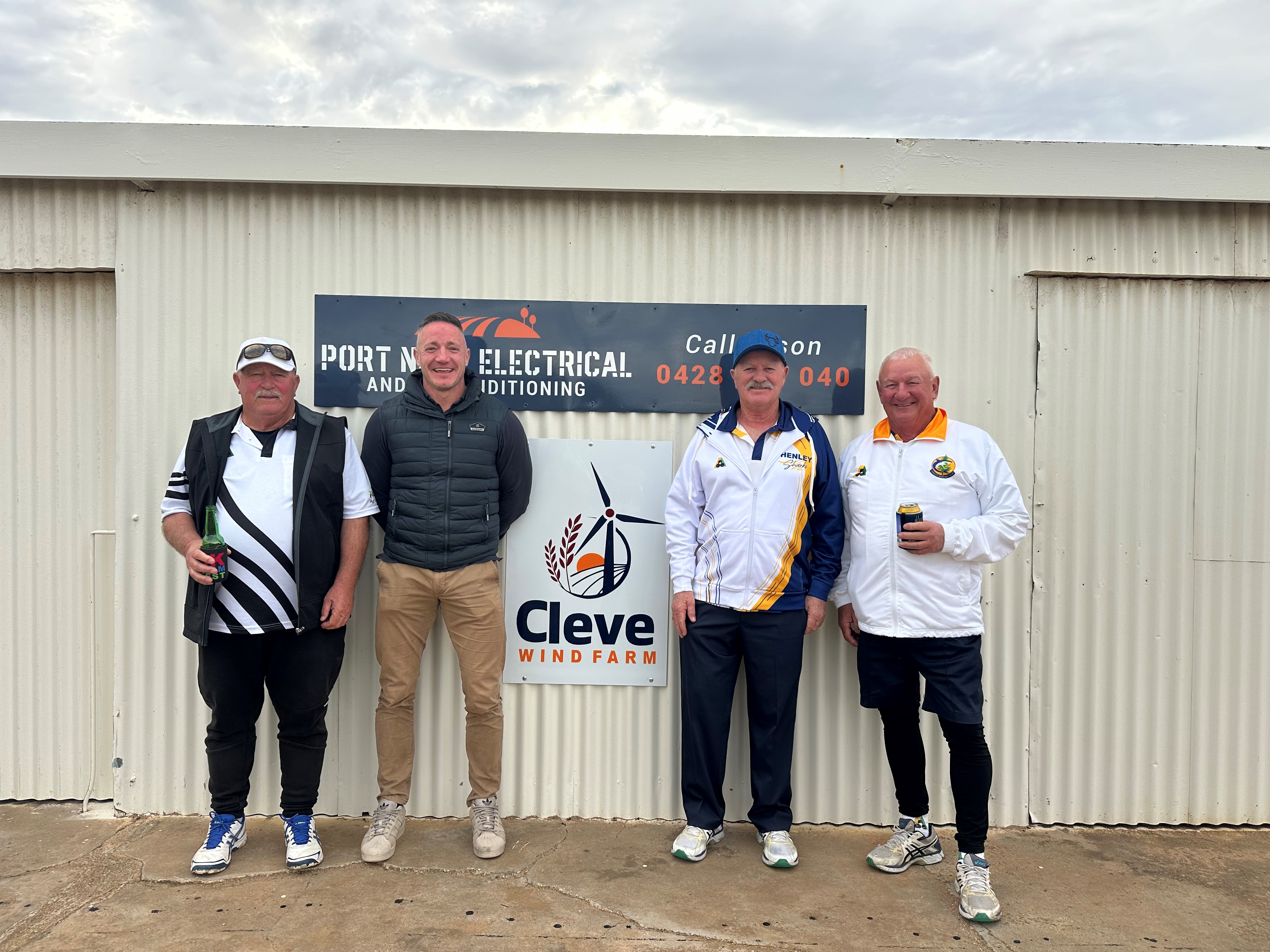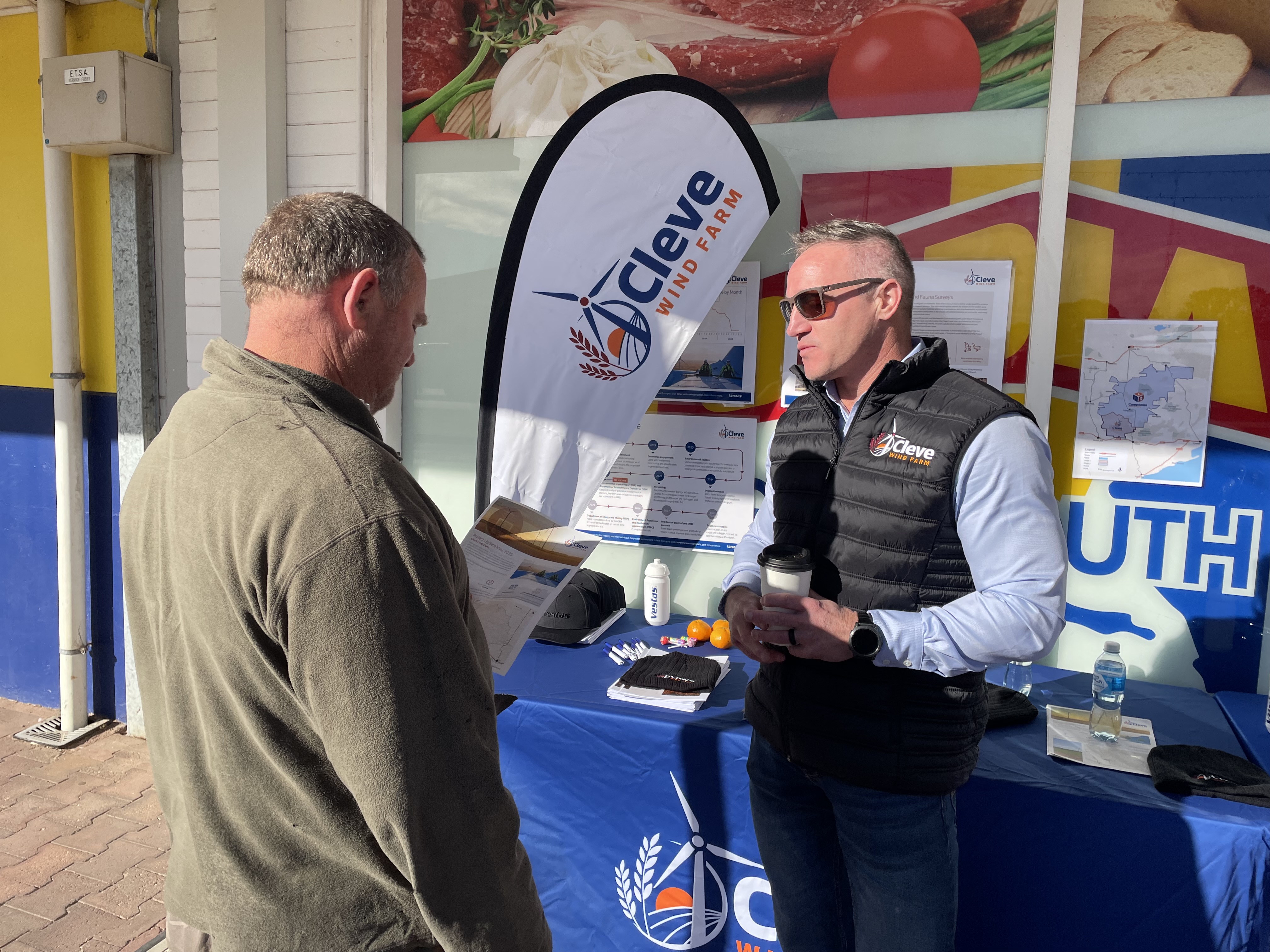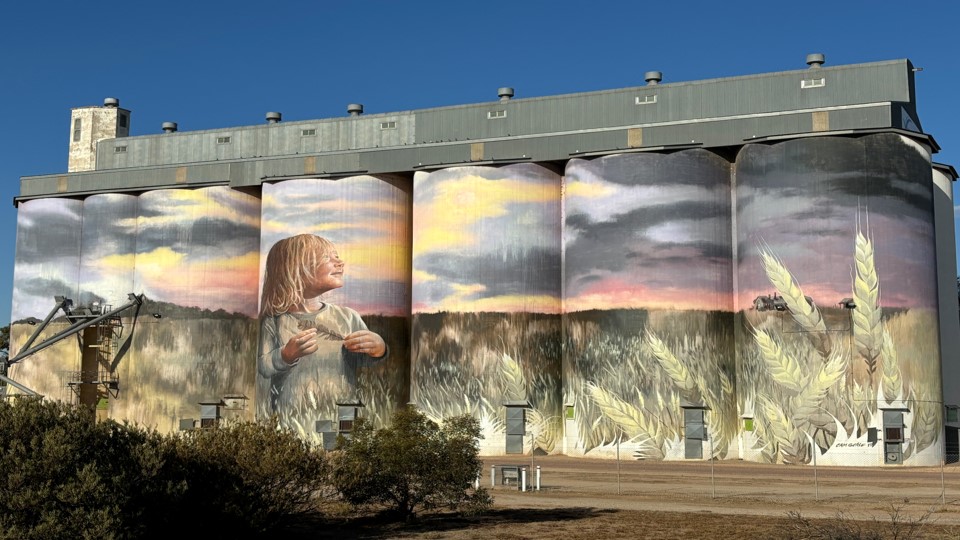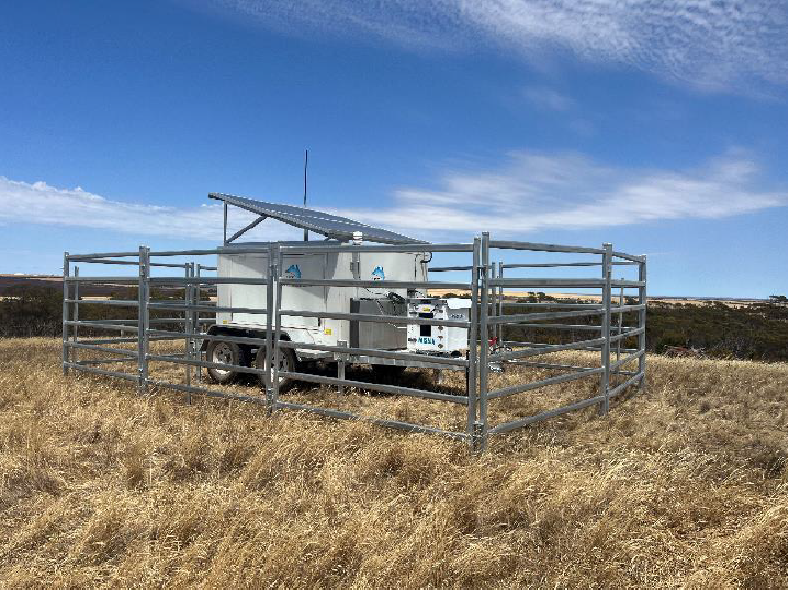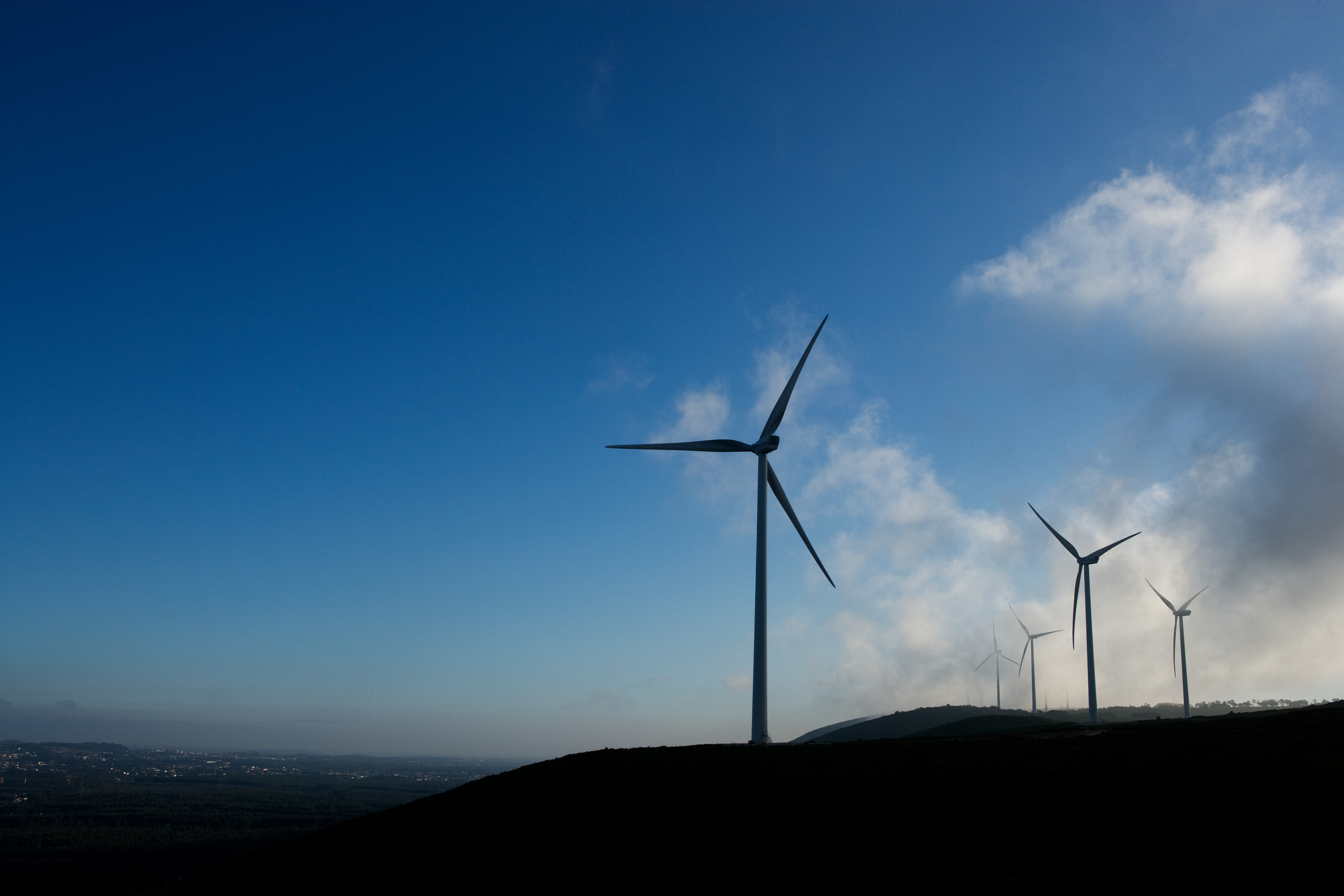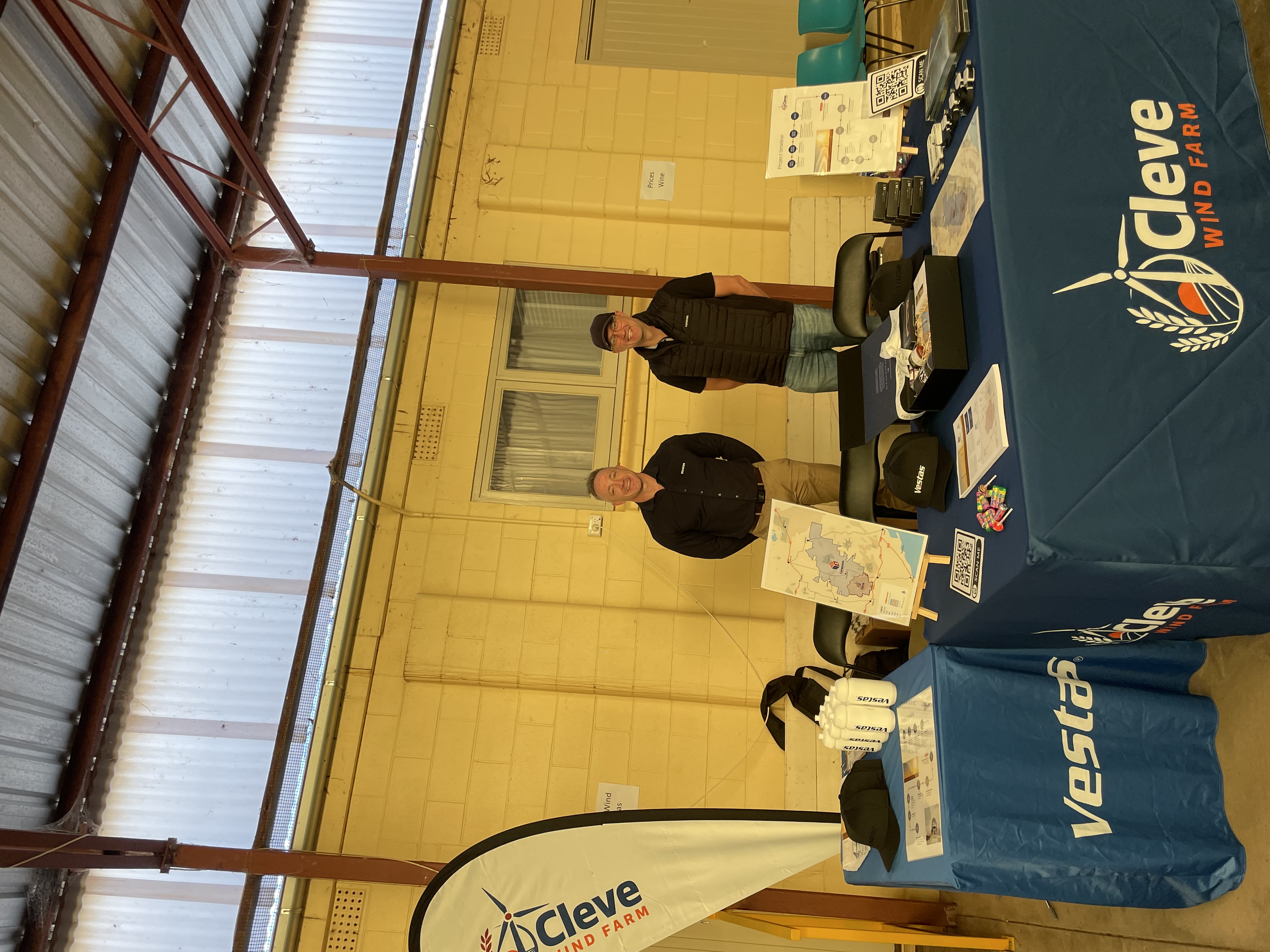Third Attendance at the Cleve Show
October 2025
We had a great time connecting with locals at this year’s Cleve Show, our third in a row. Being part of the Cleve community means we love getting involved, catching up with familiar faces, meeting new ones, and sharing project updates.
As part of our stall, we engaged local face painter Lauren, who offered free face painting to around 60 local kids. We also ran a raffle and colouring-in competition. The main prize was a Pink Door Café hamper filled with delicious goodies, while runner up prizes included vouchers to The Cleve Butcher, The Cleve Bakery and Pink Door Café. We love supporting local businesses, so if you run one and would like to be involved in future events, we would love to hear from you.
A special mention goes to the Cleve Men’s Shed, who built the pictured “Spin to WINd turbine” for the event. Visitors who entered the raffle could spin the wheel for instant prizes.
Thank you again to the Cleve Show team for hosting us and to everyone who stopped by to say hello. It is always a pleasure to be part of this much-loved community celebration. If you missed us but have questions or know of an event we should attend, please get in touch.

